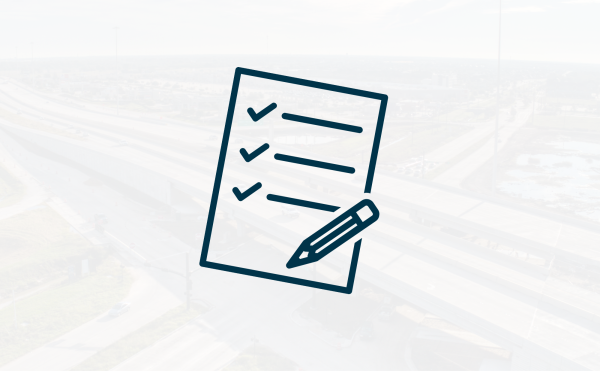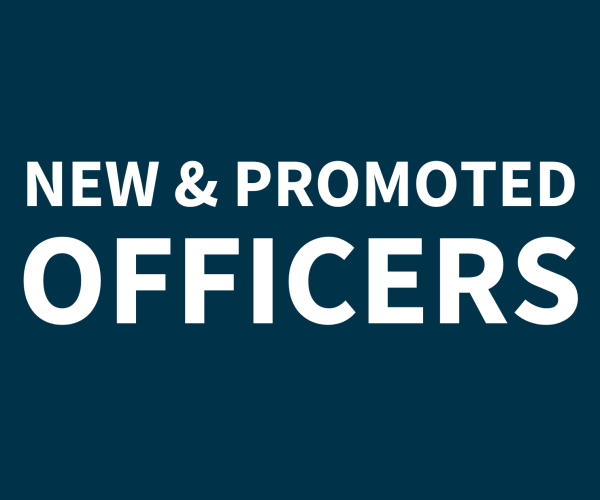Your Trusted Partner in Engineering Excellence
Gannett Fleming TranSystems consistently delivers tailored, innovative solutions to meet the diverse needs of our clients – including the development of manuals and documentation of codes governing the design, construction, inspection, and maintenance of critical infrastructure projects.
We understand the importance of comprehensive, commonsense, usable manuals that provide clear information to all levels of expertise among stakeholders and teams. Our critical qualifications to assist with your needs include:
- An unmatched balance of federal and state experience
- A highly experienced, in-house team of project managers and technical writers
- A proven track record – authoring numerous bridge-related manuals for state DOTs, industry organizations, and federal agencies covering specialized topics such as, vessel allision analysis and design practices, condition inspections, load ratings, and historic preservation for bridges.
- A national team of engineers and technical experts to access for reviews, best practice updates and additional writing capacity if needed.
Tap into some of the best practices that we’ve discovered and developed across our national team of experts:
Assembling the Three Teams
Project Management (Agency/Owner and Consultant). Give the writing team a single-point-of-contact between the agency/client and consultant. While all the technical advisors and consultants will review materials, make comments, and suggest changes, the project manager needs to gather this input and provide it back to the writing team as a single-point-of-contact delivering one set of comments and changes at each stage of the project.
Technical Experts and Writers (Consultant). Keep the team small to promote consistency. Normally, the writing team consists of three or four team members – this includes a “manual keeper” in the lead position, two or three technical writers and one QA reviewer. The manual keeper tracks all client comments, staff to-do lists, schedules, and submittals. This should have familiarity with the agency/client and understand specifics unique to them.
Steering Committee (Agency/Owner). Include all the needed subject-matter-experts on the steering committee from the very beginning; don’t try to judge who may or may not be needed or useful. At the same time, don’t involve the steering committee in everything; keep their involvement to specific items, tasks and timelines.
Managing Workflow
Collaboration on a document like this through multiple parties is best accomplished through shared project sites like Microsoft Teams, Bentley ProjectWise, or a similar collaboration application to post and share documents, allowing real time access, tracking of changes and updates to chapters. Additionally, breaking the manual up into individual chapters or documents allows development of the manual to continue while updates are being made on other chapters. Plus, a collaboration application delivers transparency on everyone’s tasks and deadlines – which can help identify bottlenecks or workload issues. And be sure to conduct independent peer quality reviews on finalized chapters prior to submission to the steering committee.
Writing the Manual
- Establish a consensus on the manual format and required content upfront. Develop the first chapter and a complete manual outline as a proof-of-concept, along with the proposed format for charts, tables, and graphs.
- If a previous manual is available, refer to that first to determine what can be reused and what can be updated.
- Consider writing chapters and sections in parallel to accommodate a more compressed timeline.
- Ensure there’s enough time in the schedule for review by all the involved stakeholders as that will overall delivery.
- Make sure the manual speaks with one voice by establishing a style guide upfront and assigning one writing team member with the task of reviewing and editing content for consistency.
- Keep it simple. Resist the urge to be very restrictive. Remember, you can tell people everything they “can” do. You cannot tell people everything they “cannot” do – that list would be infinite.
- Incorporate outside guidance by reference, using links wherever possible – this approach will greatly reduce the need for rewrites.
- Use spell check often. Review the document for homonym errors that cannot be caught using spell/grammar check.
- Cross-reference checks are vital, especially if sections/chapters are added or removed at the last minute.
- Incorporate a glossary into the manual to establish ongoing, long-term consensus on technical terms and their meaning.
Designing the Manual
- Make section and chapter headings in the table of contents links to those sections and chapters.
- With tables and other graphic representations of data, clearly identify the components they are representing, such as units of measure. Incorporate links within these visuals to other pages containing additional information.
- Use design to promote readability and accessibility. Font size, line spacing and contrast contribute to readability. Don’t cram every page full of data; use white space to make information more digestible.
Selecting Your Format
You may only want a paper manual; perhaps a paper manual is all you’ve ever needed. But plan for a manual that can also be accessed and utilized electronically. Give the user options that include paper, PDFs and online access. And by all means make sure your manual prints well and that the quality of graphics and images holds up in print form.
Preparing for Inevitable Updates
Make your manual a living document by preparing for the inevitable updates. Develop and document step-by-step update procedures, including FAQs. Define roles and responsibilities for making updates among internal teams. Provide those teams with onsite and remote training on how to update content, especially links, wording, photographs – and charts, tables, graphs and diagrams.
Choose Gannett Fleming TranSystems – For Well-Documented Expertise
With a focus on collaboration, efficiency, and excellence, we are committed to delivering a manual that works for you today and far into the future. Contact us today to learn more about how Gannett Fleming TranSystems can support your project’s success.
For More Information on Manual Development, Please Contact:
Jennifer Laning, PE Steven Hammerschmidt, PE
Vice President, Bridge Inspection Lead Project Engineer – Structures
jclaning@transystems.com sfhammerschmidt@transystems.com



